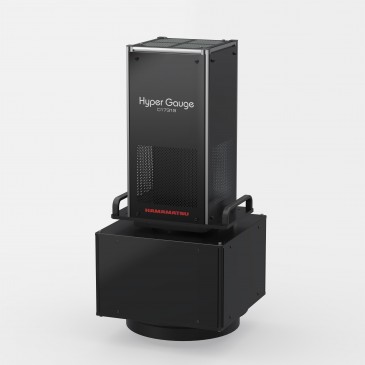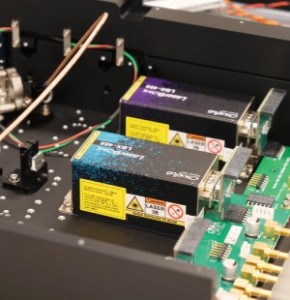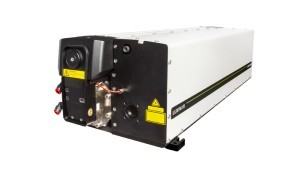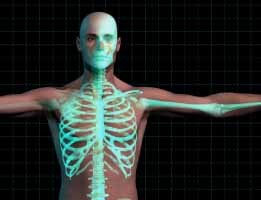
According to The Insight Partners study on "Medical Imaging Market to 2028 – Global Analysis and Forecast – by Product, End User, and Geography" the market was valued at US$ 23,901.88 million in 2020 and is projected to reach US$ 33,002.52 million by 2028; it is expected to grow at a CAGR of 4.3% during 2021–2028. A few key factors such as the rising demand for early diagnosis of diseases; broadening the scope of clinical applications; rapidly growing geriatric population and the rising prevalence of diseases associated with it; surging technological advancements in the diagnostic imaging industry; and increasing investments, funds, and grants by public–private organizations drive the market growth.
In 2020, North America dominated the global medical imaging market. A surge in medical imaging services in hospitals and clinics, an increase in diagnostic imaging procedures, high patient awareness about early disease diagnosis, good reimbursement scenarios, and significant spending in healthcare are among the major factors that bolster the market growth in North America. Furthermore, the rising elderly population, growing prevalence of chronic diseases, and the surging number of diagnostic and medical imaging centers in the region are expected to drive the growth of the North America medical imaging market during the forecast period.
Strategic Insights
The medical imaging market in Asia Pacific is anticipated to grow at the fastest rate during the forecast period. China, India, and Japan are major contributors to the market growth owing to a few factors such as the increasing aging population, rising chronic diseases prevalence, growing supportive government efforts, and growing medical imaging research. Additionally, growing investments by international market players in the regional market fuel the growth of the market in Asia Pacific.
Introduction of Technologically Advanced Systems
Medical imaging is an integral part of the diagnostic process. From ultrasounds to MRIs and CT scans, medical imaging is utilized to properly diagnose and treat diseases. The capabilities of medical imaging have advanced dramatically over the last two decades. Essential research and technological developments have resulted in significant improvements in medical imaging technology. This advancement is critical for accurate diagnosis and improved patient care. When combined with the power of IT and digital technologies, developments in medical imaging increase procedural efficiency in the delivery and execution of patient care. Medical imaging technology is one of the domains where artificial intelligence (AI) has aided in improving many parts of the healthcare industry. The AI solution in medical imaging is designed to assist radiologists who diagnose issues related to body parts, such as chest, abdomen, spine, and head. In 2020, DeepMind, a division of Google, got the CE mark for its AI solution technology, making it available to medical facilities across Europe. The company has developed an AI system that can diagnose over 50 eye problems using regular medical scans. The LOGIQ E10 radiology ultrasound system, which is integrated with AI to record data and reconstruct images swiftly, was unveiled by GE Healthcare in March 2021 as breakthrough medical imaging technology. Closed connectivity and advanced algorithms are used in the digital system to ensure 48 times more data flow and 10 times more processing power than earlier systems.
The COVID-19 outbreak pandemic has disturbed various trades and businesses across the world. Many cities were closed to control the spread of the novel coronavirus, which canceled treatments and doctor's appointments. Patients suffering from critical health disorders require physical distancing from others. Nonetheless, delays in the treatment of chronic disease are distressing. However, in the case of COVID-19, numerous firms in the US, such as Siemens Healthineers and General Electric Company, are taking the lead and using imaging techniques, such as CT scans and ultrasounds, to examine patients' lungs as a part of COVID-19 treatment. In addition, in the UK, the practice of cardiology, general imaging, musculoskeletal, OB/GYN, and obstetrics, and gynecology has evolved. Owing to the diversification of the medical workforce and the decision to focus on treating critically ill patients, rising COVID-19 cases have propelled the demand for quick illness detection and treatment in the market.
Medical Imaging Market: Segmental Overview
The medical imaging market, by product, is segmented into CT systems, X-ray systems, PET systems, MRI systems, ultrasound systems, and others. The X-ray segment held the largest share of the market in 2020 and is also anticipated to register the highest CAGR of 5.5% in the market during the forecast period. Medical X-rays are commonly utilized to provide images of internal human tissues and structures. Medical X-ray is an essential aspect of the healthcare system because it provides information that is required to make the best therapeutic decisions. Early detection and diagnosis can save patients' time and money and can prevent them from experiencing unnecessary pain and suffering. It also has the potential to lower the scope and cost of treatment. According to a significant body of studies, early diagnosis has been linked to measurable health benefits, such as high survival rates and cheap treatment costs.
Medical Imaging Market: Competition Landscape and Key Developments
Companies such as GE Healthcare, Siemens Healthineers, Canon Medical, Esaote, and Samsung have been implementing strategies for the growth of the company, which, in turn, have brought about various changes in the market. Companies are focusing on the expansion and diversification of their market presence and the acquisition of a new customer base, thereby tapping prevailing business opportunities.
In March 2021, GE Healthcare launched Vscan AirTM, a cutting-edge, wireless pocket-sized ultrasound. Vscan AirTM offers crystal clear image quality, whole-body scanning capabilities, and intuitive software in the palm of clinicians' hands.
Company Profiles
-
General Electric Company
-
Siemens AG
-
Koninklijke Philips N.V.
-
SHIMADZU CORPORATION
-
Hitachi, Ltd.
-
Canon Inc.
-
Hologic, Inc.
-
Carestream Health Inc.
-
ESAOTE SPA
-
Samsung Group






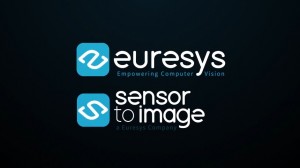





























 Back to News
Back to News